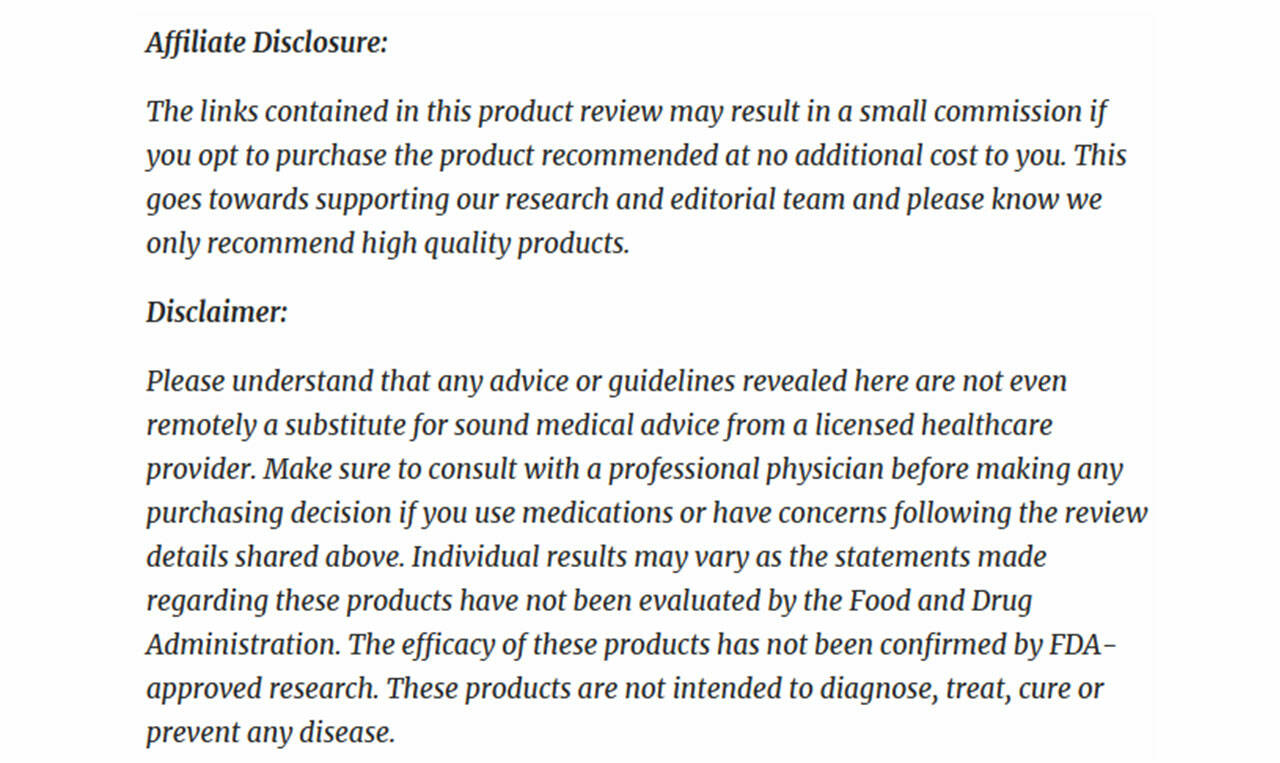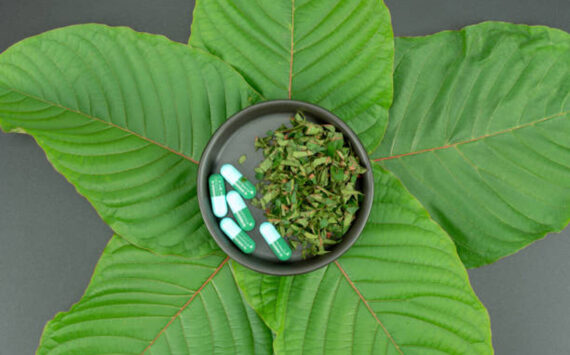Can’t seem to figure out which foods will keep you full for long hours? Struggling to find supplements or drinks that are healthy for the gut and overall mood? These are critical thoughts, seeing how the gut influences mood, brain health, and around-the-clock wellness. Our team of researchers has been continually looking for simple, effective ways to ease digestion, support gut health, and help individuals feel full after eating healthily. While doing so, we discovered a unique product beyond the aforementioned. Let’s get right to it. Here’s everything there is to know about Green Glucose.
What is Green Glucose?
Green Glucose is a powdered nutritional supplement that, as the name implies, is intended to balance blood sugar levels. This formula consists of various ingredients in plants, adaptogenic herbs, vitamins, and minerals to eliminate cravings and improve satiety. As the creators underlined, these nutrient-dense sources might boost energy levels, aid digestion, and promote a healthy anti-inflammatory response.
Aside from the aforementioned, Green Glucose addresses other factors that cause blood sugar fluctuations, such as stress-induced overeating and poor gut health. The ingredients must be examined in greater depth to better understand what Green Glucose can accomplish for blood sugar levels.
What are the main ingredients in Green Glucose?
The driving forces behind Green Glucose include:
Spirulina
Spirulina [1] is an alga in the Arthrospira genus. It’s high in fat-soluble vitamins, fatty acids, beta-carotene, and minerals, all contributing to its therapeutic properties. These include antioxidant action, blood pressure, and cholesterol regulation, and eased metabolic syndrome symptoms (one being blood sugar fluctuations). It is important to note that spirulina is unlikely to reverse serious damages caused by uncontrolled blood sugar, but it may lower blood sugar levels.
One probable explanation is that it contains fiber, which is known to increase satiety while also encouraging good gut health. It’s also worth mentioning that fiber and carbohydrates are absorbed differently. In the former situation, it passes directly through the digestive system, making it highly unlikely to elevate blood sugar levels. Most studies included a dose between 0.8 and 8g daily to positively affect fasting blood sugar levels in people with type 2 diabetes. Does this mean that the results are long-term? More research is needed on this front.
Barley
Barley is a type of cereal grain. According to research on the influence of barley on health, individuals who consume it have a 17% lower risk of death from causes, including cancer and diabetes, than those whose diets contain fewer sources of whole grains. Barley might lower blood sugar and insulin levels, and its rich source of beta-glucan is said to slow the absorption of sugar (by binding to the digestive tract). Another probable explanation for these benefits is that it has a low glycemic index (GI). GI, as defined in one source, measures how quickly a food raises your blood sugar. Its fiber content also suggests healthy digestion and satiety.
Wheatgrass
Wheatgrass (or Triticum aestivum plant is a superfood high in antioxidants, vitamins, and minerals. As a result, it may aid digestion, boost immunity, and increase energy levels. In terms of digestion, wheat grass might assist the body in breaking down food and absorbing nutrients. Additionally, its cleansing properties may alleviate gas, bloating, abdominal discomfort, constipation, and irritable bowel syndrome (IBS).
This nutrient-dense ingredient could potentially aid in weight loss by quickly increasing satiety and keeping people fuller for longer. The latter also reduces the desire for foods heavy in sugar or fat. Finally, several chemicals in wheatgrass have been shown to imitate the effects of insulin and lower the glycemic index of foods.
Alfalfa
Alfalfa, or Medicago sativa, is a plant commonly used for livestock feed. Its exceptional vitamin, mineral, and protein content has recently been investigated for human consumption. One study found that alfalfa might lower total and LDL cholesterols and triglyceride levels while increasing good cholesterol levels. These outcomes are due to the herb’s high saponin content. Finally, alfalfa has been traditionally used as an anti-diabetic agent, promoting cardiometabolic health by lowering blood fat and blood sugar levels.
Broccoli & Collard Greens
Broccoli is a cruciferous vegetable belonging to the cabbage family. In terms of health benefits, broccoli has been proven to reduce colon inflammation, lower the incidence of colon cancer, and possibly enhance gut health by protecting the gut lining from developing holes (i.e., leaky gut). Furthermore, it is high in fiber, which could aid digestion. Most of all, the availability of sulforaphane has been linked to lowered blood sugar levels. As for collard greens, they are also cruciferous vegetables with high fiber and sulforaphane content.
Spinach
Spinach is a type of leafy green vegetable belonging to the Amaranth family. It is high in minerals and antioxidants, which promote a healthy immune system and prevent the detrimental effects of inflammation on the body. Furthermore, the insoluble fiber content contributes bulk to stool as food passes through digestion, reducing constipation. However, spinach and similar foods have high vitamin K levels and may interfere with blood-thinning medications.
Medicinal Mushrooms
The last ingredients are medicinal adaptogenic mushrooms: Cordyceps, Reishi, Turkey Tail, King Trumpet, Shiitake, and Lion’s Mane. Cordyceps is a type of fungus considered a staple in Traditional Chinese Medicine (TCM). Precisely, it has the potential to increase exercise performance and immune function, reduce inflammation, improve heart health, and lower blood sugar levels (in people with type 2 diabetes).
Unfortunately, the evidence on blood sugar is pretty weak, as most research has been conducted on animals, or the results are mixed. From what’s available in the scientific community, cordyceps might work by decreasing insulin resistance and protecting insulin-producing beta cells, but more studies are still needed to confirm this. The next fungus to have qualified is reishi.
Reishi mushrooms, commonly known as Ganoderma lucidum, are a fungus that grows in hot and humid locations in Asia. It is trusted to boost the immune system, exert anti-cancer properties, decrease fatigue and depression symptoms, and improve markers of heart health and blood sugar. Although these findings are attractive, studies on reishi’s potency are either outdated or lack substance. In this case, individuals will have to decide whether to focus primarily on science or traditional medicine.
Following suit, we have turkey tail, a medicinal mushroom that also happens to be rich in antioxidants. Scientifically known as Trametes versicolor, studies on turkey tail have concluded that it might strengthen the immune system, balance gut bacteria and possibly treat certain cancers. As for its impact on blood sugar, this ingredient might lower pre- and post-workout levels. Moreover, results derived from animal subjects have reported improved insulin resistance, but it is unclear whether humans can achieve similar results.
King trumpet, scientifically known as pleurotus eryngii, is a mushroom filled with many vitamins, dietary fibers, and amino acids and low in calories. Ingesting this mushroom variety is poised to improve gut health, boost immune function, lower cholesterol levels, reduce toxicity, and manage symptoms associated with diabetes. With respect to blood sugar levels, king trumpet’s beta-glucan levels are believed to improve insulin resistance, which, as noted earlier, lowers blood sugar.
Shiitake mushrooms are commonly found in many supplements due to their low-carb and low-sugar nature. In fact, it is a low glycemic index food and possesses diabetes-fighting properties. Studies conducted on animals with type 2 diabetes show that polysaccharides may reduce blood sugar levels, improve insulin resistance, and lower pancreatic tissue damage. Additionally, its abundance of polysaccharides might further stabilize blood sugar levels.
Lion’s mane mushroom, scientifically known as Yamabushitake, is commonly used for its culinary and medicinal properties. They are said to contain bioactive substances attributed to improved brain, heart, and gut health. The studies conducted on animals show that lion’s mane might significantly reduce blood sugar levels in normal and diabetic mice with low dosages. Since these studies are conducted on mice, it is hard to say whether humans will receive the same benefits.
Frequently Asked Questions (FAQ)
Q: Is Green Glucose safe?
A: Considering the ingredients found in Green Glucose, one might assume that the formula is safe to take. However, certain components (even if they are all-natural) can interact with prescription medications like blood thinners. Therefore, individuals are asked to consult a health practitioner’s opinion before proceeding.
Q: How should I take Green Glucose?
A: For best results, individuals may consider taking one scoop daily in 8 to 10 ounces of water or a beverage base of choice. It looks like the time of day isn’t so relevant, so it is entirely up to the user.
Q: How does Green Glucose help reduce blood sugar levels?
A: Green Glucose comprises many ingredients that naturally lower blood sugar. The medicinal mushrooms found in this supplement aim to support the body’s resilience and how it deals with stress. It also contains ingredients that limit sugar activity in the gut while aiding digestion and balancing glucose levels. Did we mention the high levels of fiber for an increased feeling of fullness, slowed absorption of sugar, and healthy digestion?
Q: Is Green Glucose meant for everybody?
A: Green Glucose is meant for individuals seeking a balanced digestion and a healthy gut. Its added benefit of supporting blood sugar levels makes it attractive to those struggling with unpredictable glucose levels as well.
Q: How long should Green Glucose be taken for?
A: Since Green Glucose is all-natural, it can be taken over the long run, not only as a way to correct the effects of varying blood sugar levels but also to maintain healthy digestion, gut, and immune functions, among others.
Q: Can Green Glucose be taken alone?
A: Yes, but relying solely on greens supplements isn’t recommended for the best results. There should be a balance between whole foods and supplements.
Q: What is the difference between Green Glucose and ordinary prebiotic and probiotic foods?
A: Prebiotic and probiotic foods serve in the best interests of gut health, whereas Green Glucose is more than that. To be more specific, its blend of medicinal mushrooms, greens, superfoods, fiber, prebiotics, and Sukre also helps support healthy blood sugars and digestion. Thus, this one product may help with all three issues.
Q: Does Green Glucose taste good?
A: Green Glucose tastes like apples and goji berries. The creators state there is a balance of sweetness and tartness free of added sugars and GMOs.
Q: Are the results of Green Glucose measurable?
A: Regular blood sugar tests are the easiest way to determine whether Green Glucose works. Gut and digestive function improvements will take time to materialize.
Q: Does Green Glucose come with a money-back guarantee?
A: A 60-day no-questions back green Glucose asked money-back guarantee. For more on which bottles qualify and which don’t, contact customer support in one of the following ways:
- Phone (Toll-free): 1-800-390-6035
- Phone (International): 1-208-345-4245
Purchasing Green Glucose
The best bang for your buck is achieved when Green Glucose is purchased in multiples. Here is a quick breakdown of the price options available at checkout:
- Order one jar of Green Glucose (28 servings) for $69 each
- Order three jars of Green Glucose (84 servings) for $59 each & get free shipping and a secret gift
- Order five jars of Green Glucose (140 servings) for $49 each & get free shipping and a secret gift
All Green Glucose orders are covered with a 60-day money-back guarantee. If you have any questions about the return policy or anything else, please contact customer service.
- Phone (US Toll-free): 1-800-390-6035
- Phone (International): 1-208-345-4245
Final Verdict
It should be clear by now that Green Glucose is a powdered dietary supplement meant for balancing blood sugar levels and improving satiety while eliminating cravings, boosting energy levels, and aiding digestion. Our research suggests that the combination under consideration has some merit when it comes to the areas of health being targeted. Specifically, individuals will fuel their bodies with added dietary fiber, strengthening gut and digestive health and directly impacting blood sugar levels. Having said that, scientific evidence is somewhat mixed; therefore, individuals will need to do their due diligence and decide whether they are leaning more toward science or tradition on this one. For more on Green Glucose, visit the official website today!









